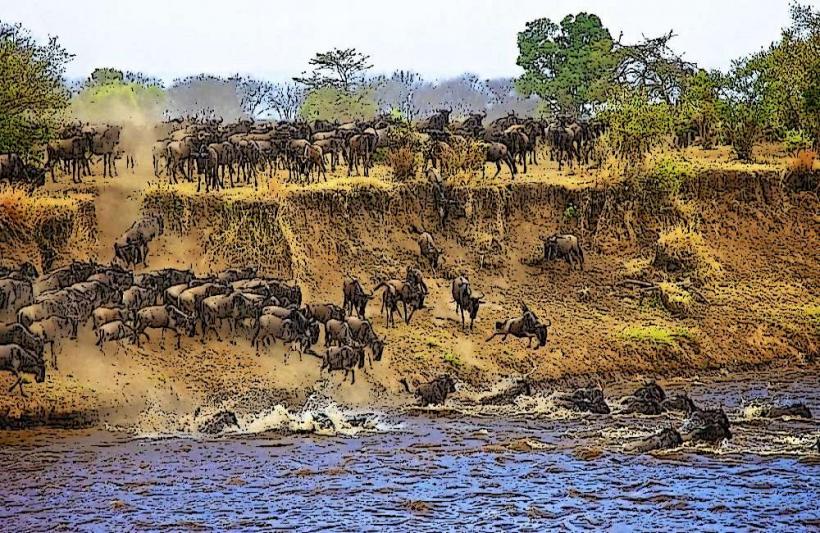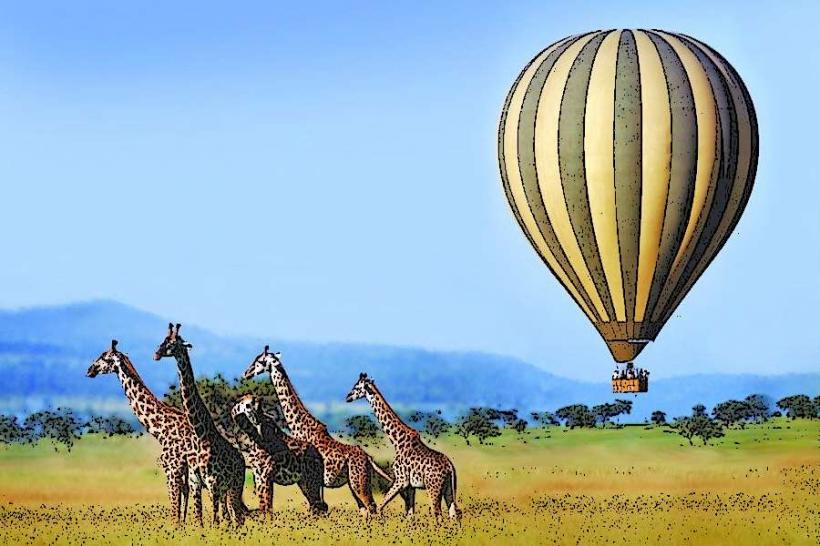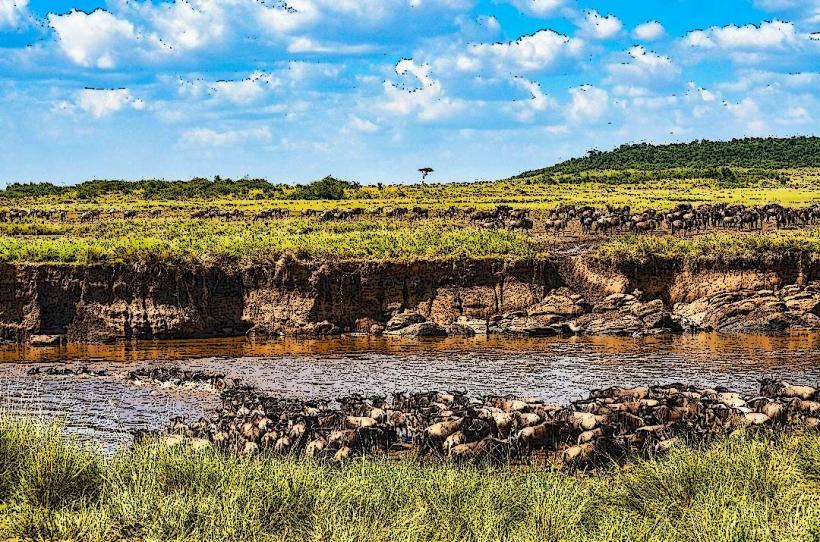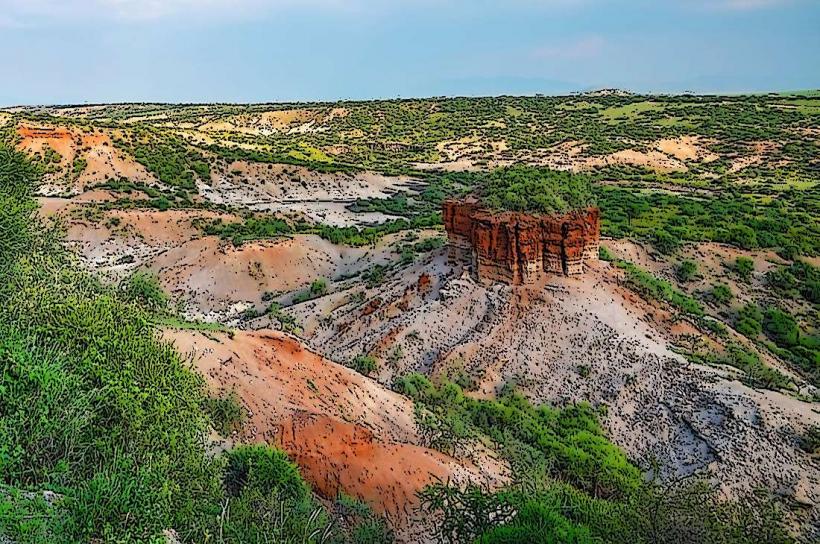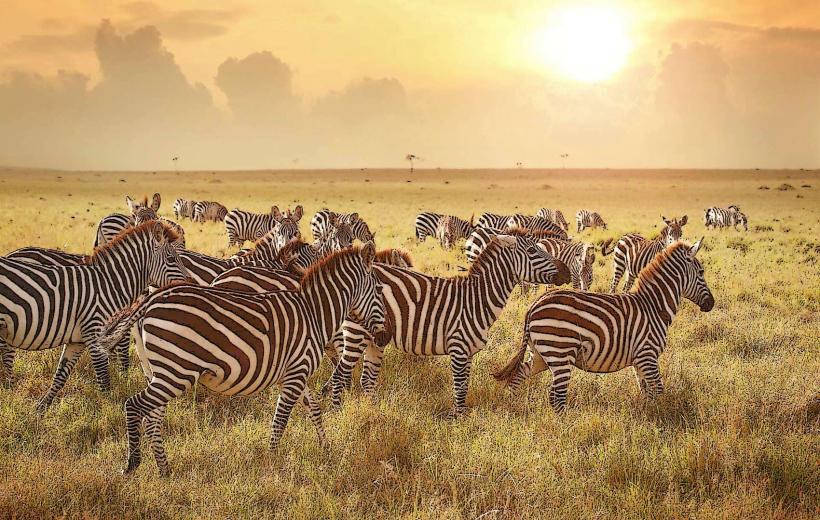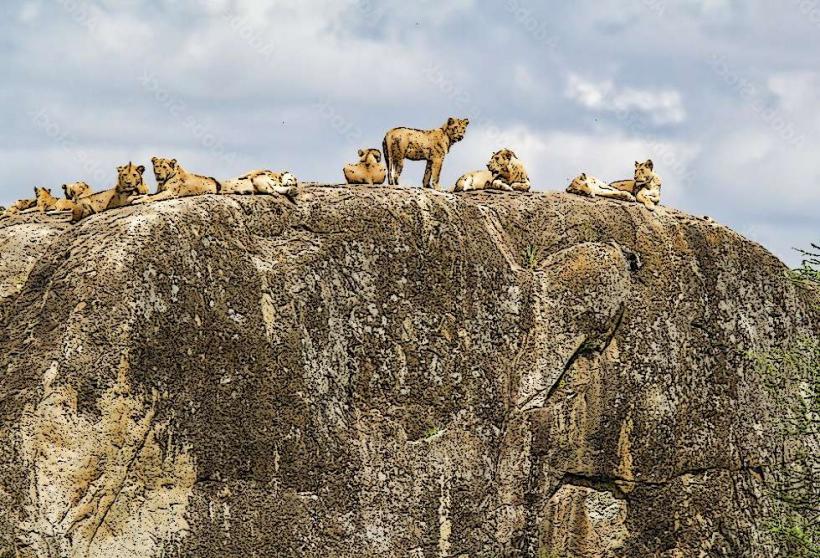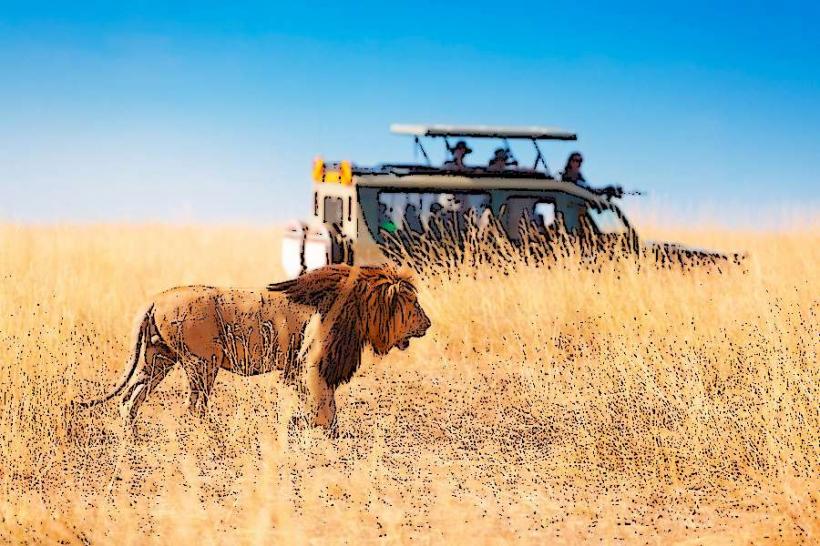Information
City: Serengeti RegionCountry: Tanzania
Continent: Africa
Serengeti Region, Tanzania, Africa
Overview
In northern Tanzania, the Serengeti stretches wide and wild, embracing the famed national park, its sprawling ecosystem, and the lands that ripple out beyond, then this region is known for its incredible wildlife-especially the thundering herds of the annual Great Migration-and ranks among the world’s top safari destinations.The Serengeti stretches across northern Tanzania, with Kenya just beyond its northern edge, the Ngorongoro Conservation Area lying to the east, and the shimmering waters of Lake Victoria to the northwest, in addition it’s part of the vast Serengeti–Mara ecosystem stretching across Tanzania and Kenya, and the Serengeti National Park itself sprawls over about 14,750 square kilometers-roughly the size of Connecticut.The Serengeti Ecosystem, stretching across about 30,000 square kilometers and spilling into nearby game reserves, conservation zones, and Maasai grazing lands, unfolds in vast grass plains broken by rolling hills and the occasional flat-topped acacia swaying in the heat, consequently the land shifts from wide, wind-swept grasslands and open savannah to shaded woodlands, cool river forests, and sun-baked rocky kopjes.The region’s rivers, including the Grumeti and the Mara, play a crucial role in the Great Migration, where herds surge through muddy waters on their long trek, equally important rich in life, the Serengeti boasts one of the world’s most celebrated ecosystems, home to countless plants and animals.In the Serengeti, you’ll find all of the grand Five-lion, leopard, elephant, buffalo, and rhinoceros-and lions roam here in especially large numbers, their golden coats catching the sun, likewise this region ranks among the finest spots on the planet to observe vast herds of African elephants, giraffes, and zebras moving across the land.Cheetahs and leopards thrive here too, especially in the open plains and along the shaded riverbanks, on top of that african buffalo gather in massive, thundering herds, while wildebeest drive the heart of the Great Migration.Worldwide, the Serengeti is celebrated for this breathtaking migration-one of nature’s most unforgettable spectacles, likewise every year, millions of wildebeests, zebras, and gazelles thunder across the dusty plains of the Serengeti-Mara, chasing fresh grass and the promise of water.The migration never really stops, but the most breathtaking scenes come when the herds surge across the Grumeti or Mara rivers, churning muddy water as crocodiles wait just beneath the surface, simultaneously birdlife thrives here-over 500 species have been spotted, from vultures circling high above to flamingos flashing pink in the shallows, making it a paradise for birdwatchers.Wildebeest and other animals on the move draw in flocks of scavenger birds, from circling vultures to marabou storks hunched along the dusty trail, moreover flora: Across the Serengeti, the landscape shifts from cool, shaded river forests and thick woodlands to wide, sunlit plains and sweeping savannah.You’ll often spot acacias, baobabs, and yellow fever trees, their branches heavy with pods or shade, giving wildlife both food and a reliable region to rest, not only that in the Serengeti, you can spot lions at dawn, watch rare birds skim the grasslands, and soak in some of the best safari experiences in the world, sort of With rugged cliffs, wide grasslands, and wildlife at every turn, it’s one of the best spots to watch animals roaming free, alternatively some of the Serengeti’s highlights include Serengeti National Park, the region’s beating heart and Tanzania’s crown jewel, where golden grasslands ripple under a wide blue sky.People acknowledge the park for its wild herds and sweeping plains, where the grass ripples in the wind, likewise you can explore the park on game drives, wander its trails on foot, or drift quietly above it all in a boiling air balloon at sunrise.Favorite spots include Seronera in the heart of the Serengeti, the rocky Moru Kopjes, Lobo Valley, and Ndutu, to boot in Seronera Valley, where golden grass ripples in the wind, wildlife gathers in remarkable numbers, and predators like lions, cheetahs, and leopards prowl year-round.The southern Serengeti’s Moru Kopjes-rugged clusters of sun‑warmed rock-teem with zebras, gazelles, and other prey, making it one of the best spots to watch the tense dance between hunter and hunted, on top of that lions and other predators often climb the kopjes, scanning the plains from the sun-warmed rocks.In the southeast corner of the Serengeti, the Ndutu area holds ancient Maasai rock paintings and draws travelers for the Great Migration, especially in calving season when thousands of wildebeest drop their young on the open, sun‑baked plains, at the same time you can spot lions, cheetahs, and huge herds of buffalo here, with the Lobo Valley in the Serengeti’s far north offering a quieter escape, rugged hills rising around you and migrating wildlife moving through in unforgettable numbers.Honestly, If you’re after a quieter safari, this spot is perfect, tucked away near the Grumeti River-a lifeline in the Serengeti where thundering herds of wildebeest and zebras splash through its muddy waters during migration, to boot the Mara River, marking the Serengeti’s northern edge, is famous for its crocodile-filled waters, and watching wildebeests plunge through its churning brown currents is one of the most heart-pounding sights of the Great Migration.The Mara River, churning with crocodiles, is famous for the heart-pounding sight of wildebeest and zebras braving its currents-a scene etched into Africa’s wild heart, as a result the Serengeti also holds deep cultural roots, home to the Maasai people who have lived on this land for hundreds of years.The Maasai are a semi-nomadic people who herd cattle for food and livelihood, their lives bound to the land with traditions and beliefs as enduring as the red dust on their sandals, therefore in the Serengeti, travelers can step into a Maasai village, hear the rhythmic beat of cowhide drums, and discover the community’s traditions, daily life, and customs.For generations, the Maasai have lived alongside the region’s wildlife, their cattle grazing carving winding paths through the golden grasses of the Serengeti, not only that in the Serengeti, conservation programs thrive, protecting everything from roaming elephants to the golden grass that waves in the wind.The Serengeti-Mara Ecosystem ranks among the world’s largest and best-preserved wildlife sanctuaries, where lions pad through golden grasslands thanks to the efforts of NGOs, government programs, and local communities, moreover we’re working to protect biodiversity, keep migratory corridors open for animals, and cut down on clashes between people and wildlife-like elephants straying into village fields at night.Even with its protected status, the Serengeti still faces tough conservation challenges, on top of that as villages spread toward the park’s edges, farmers and elephants now compete for the same fields of maize.The Maasai, who herd cattle across the open plains, often clash with wildlife-especially when lions snatch a goat in the night, likewise poaching for elephant tusks, rhino horns, and other animal parts still poses a serious threat.
Author: Tourist Landmarks
Date: 2025-10-29
Landmarks in serengeti-region

